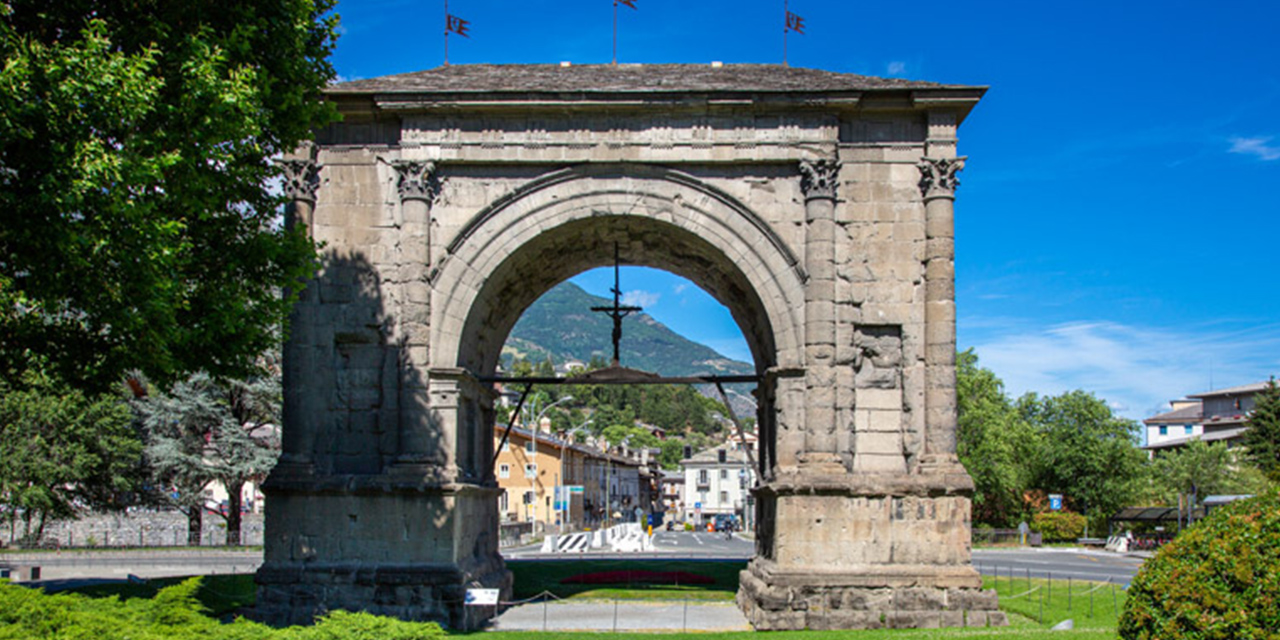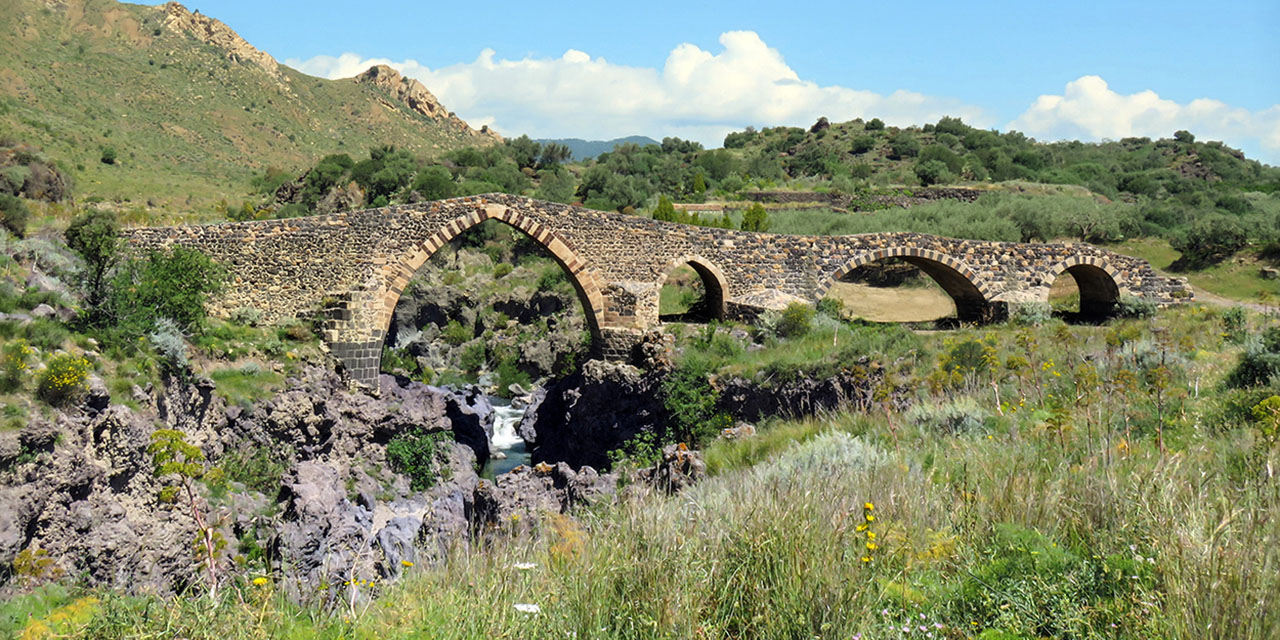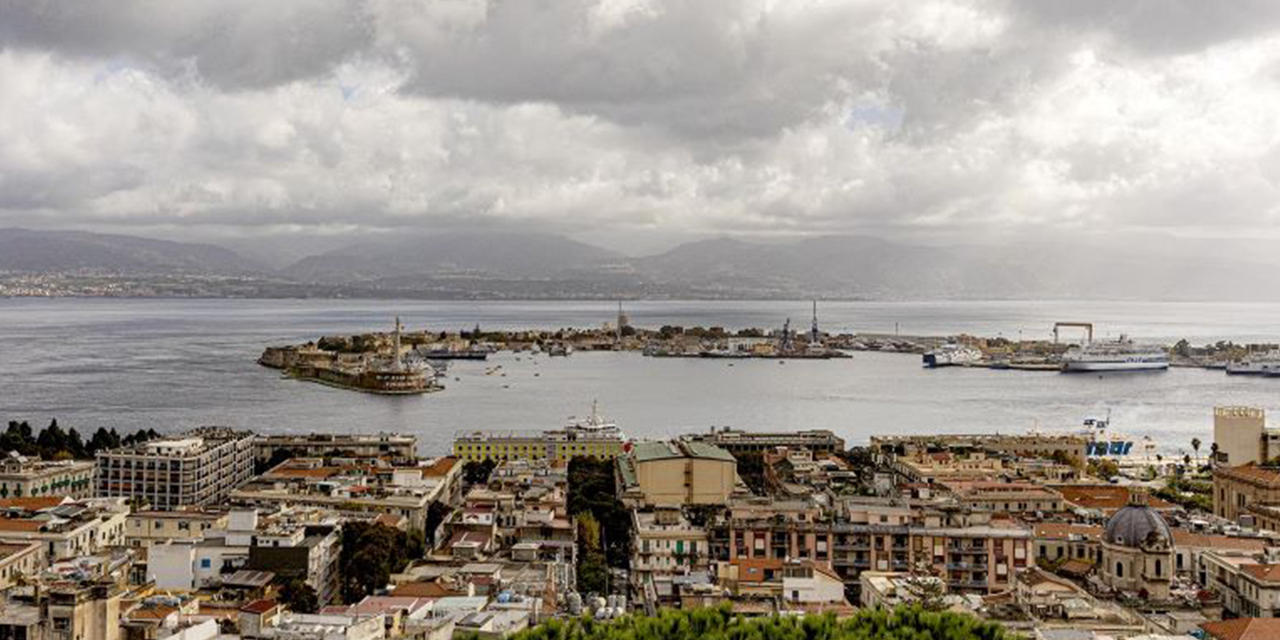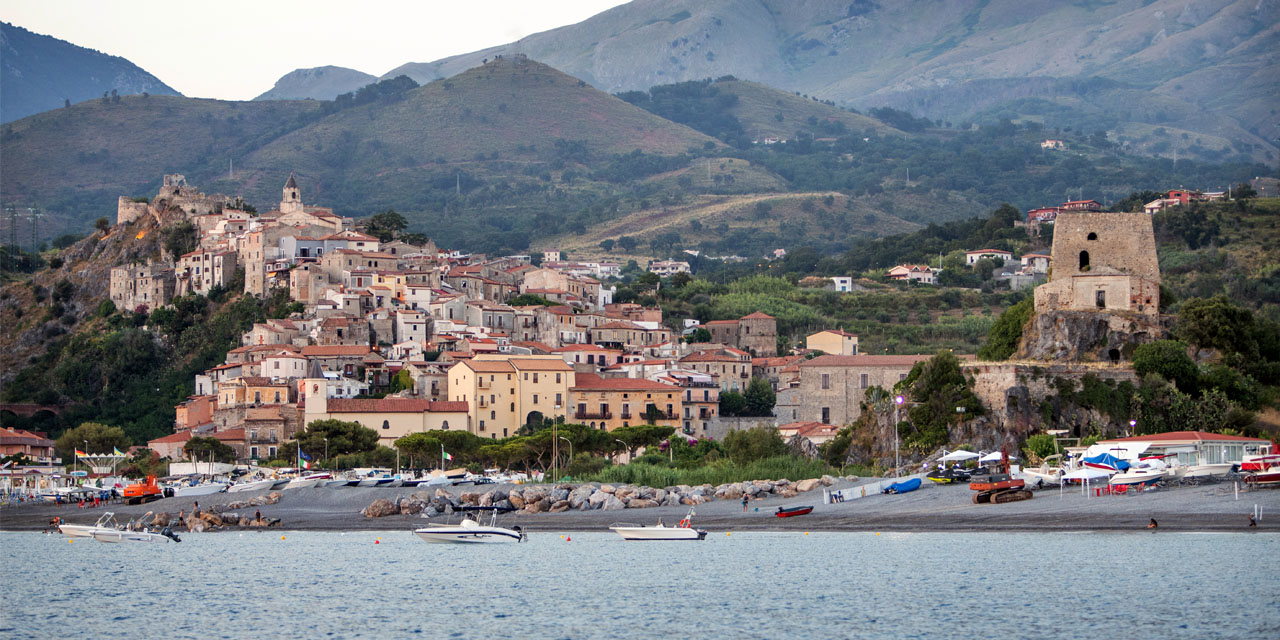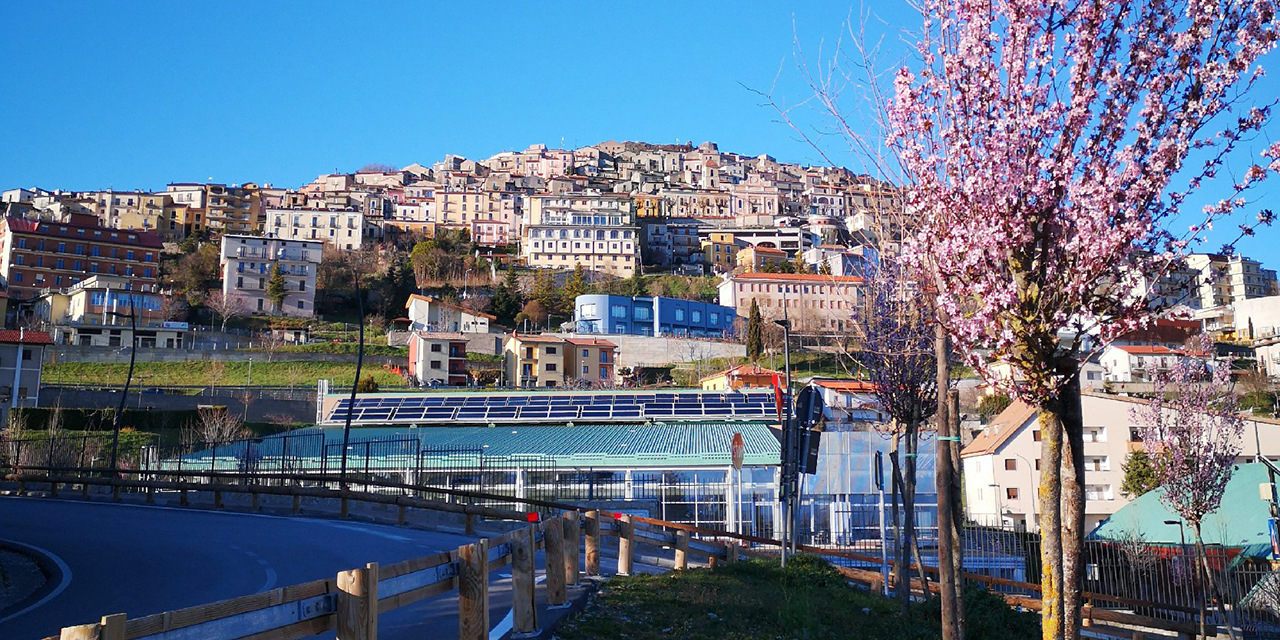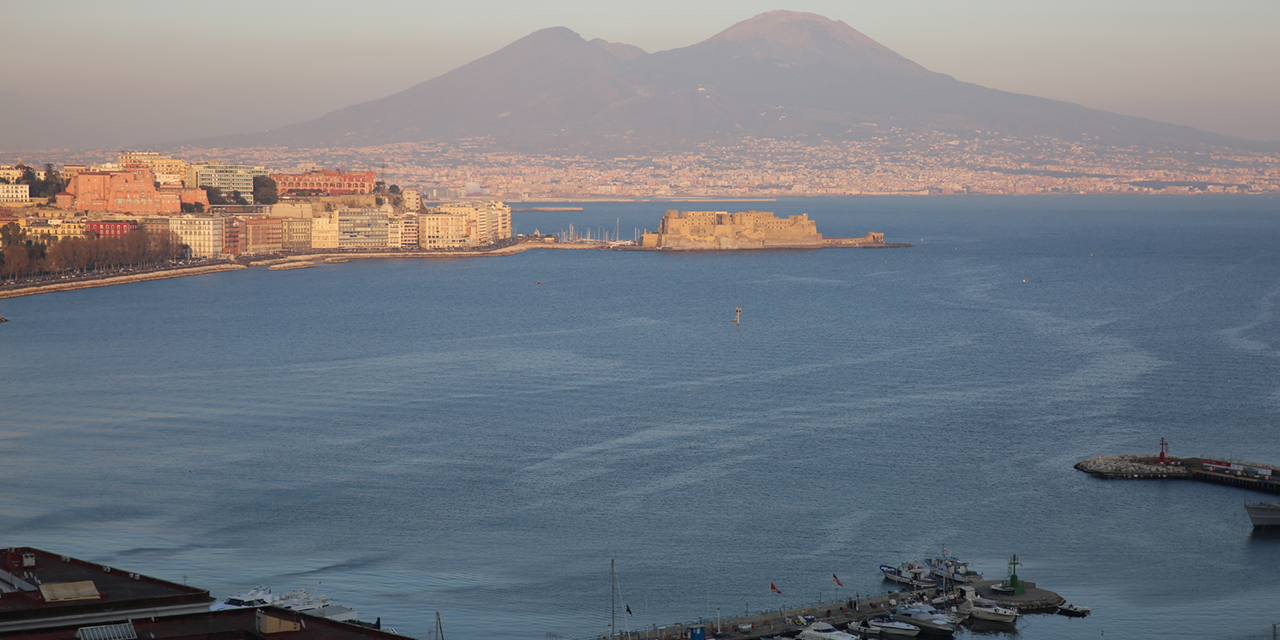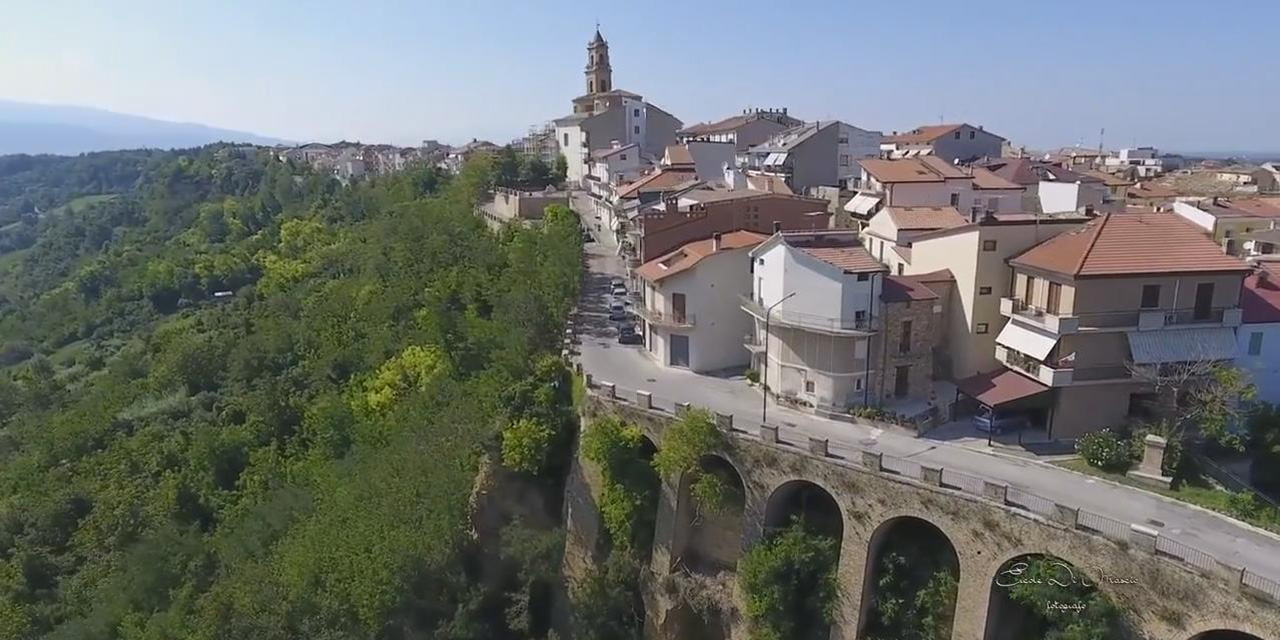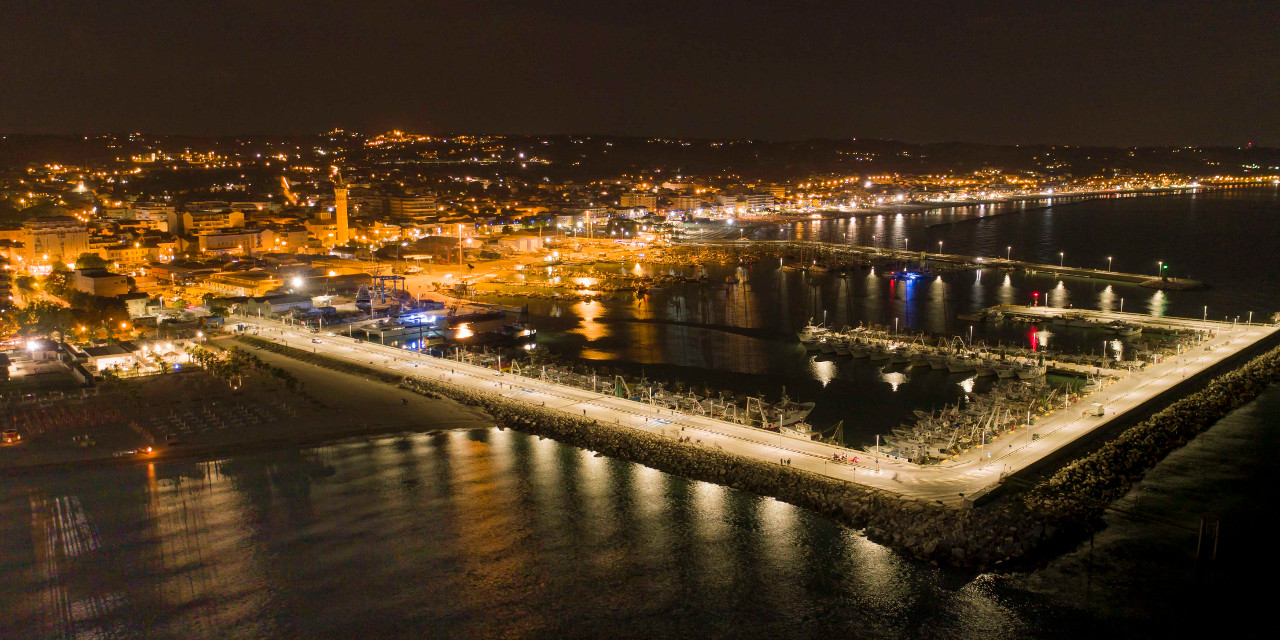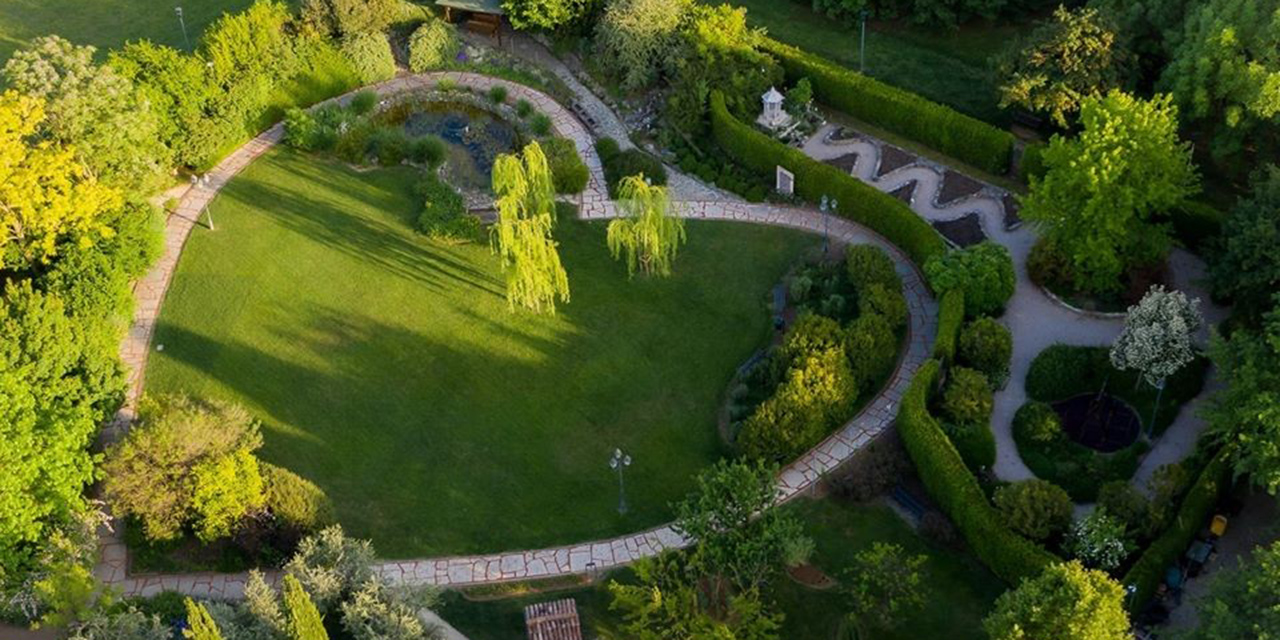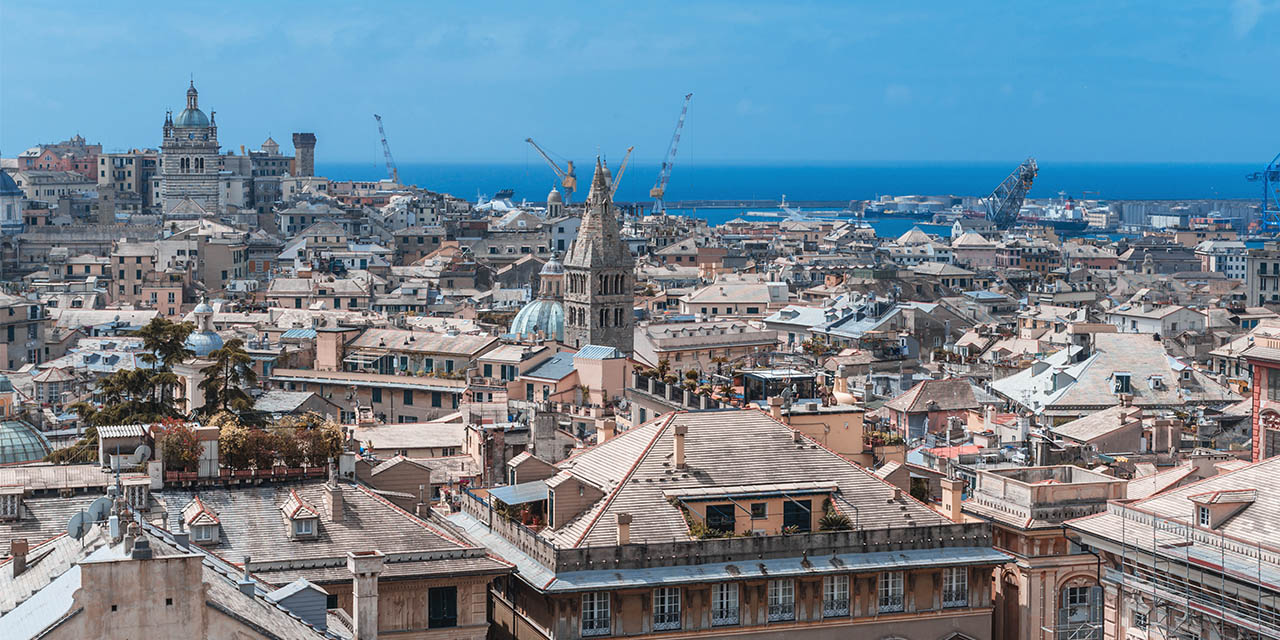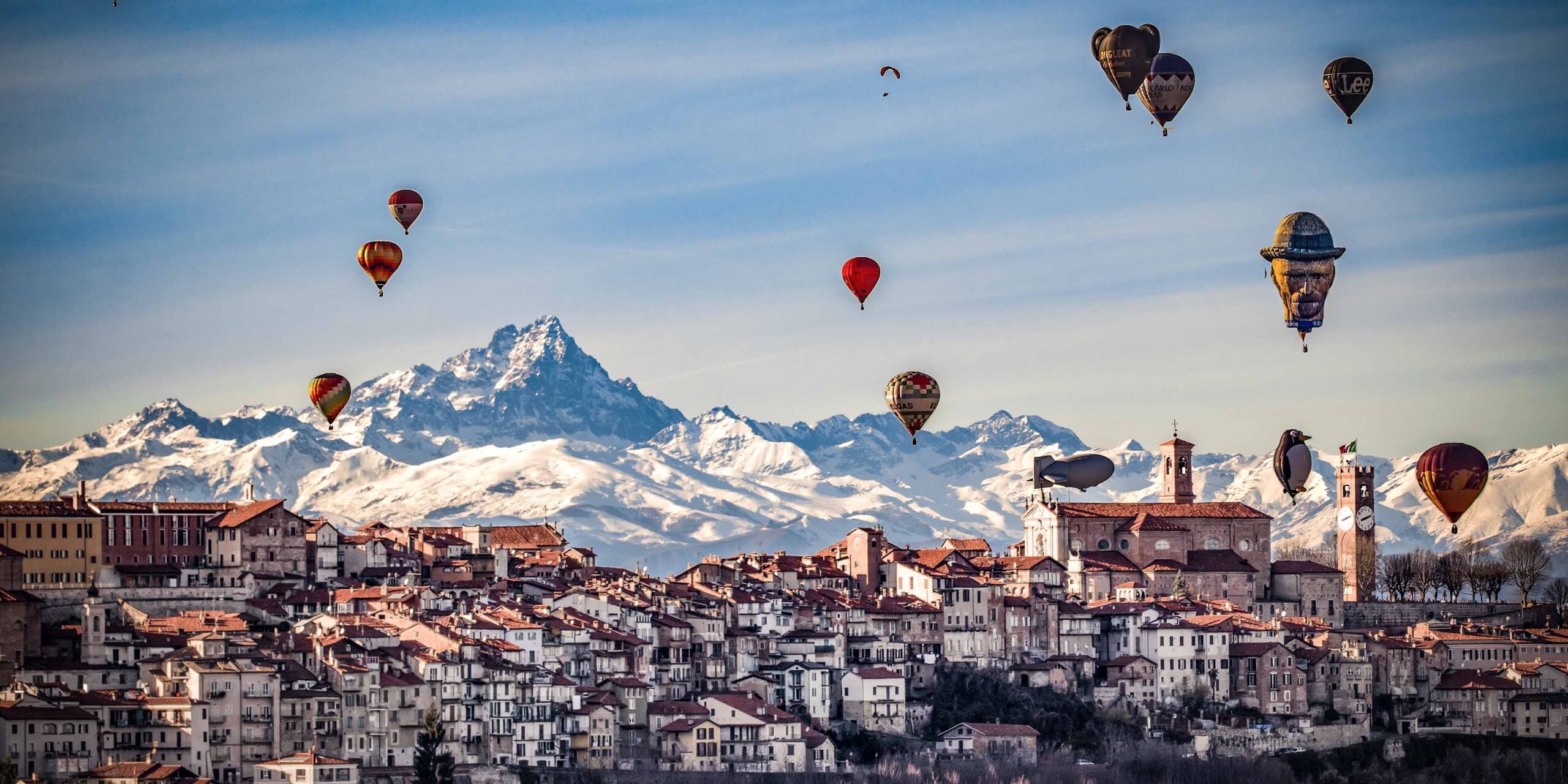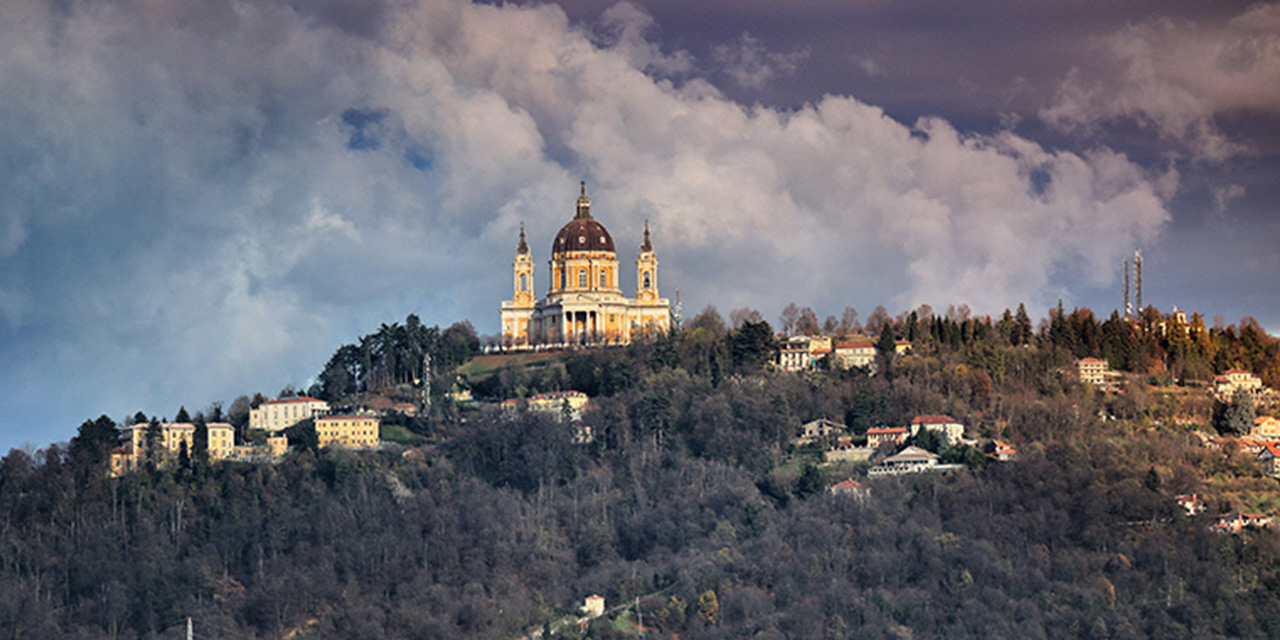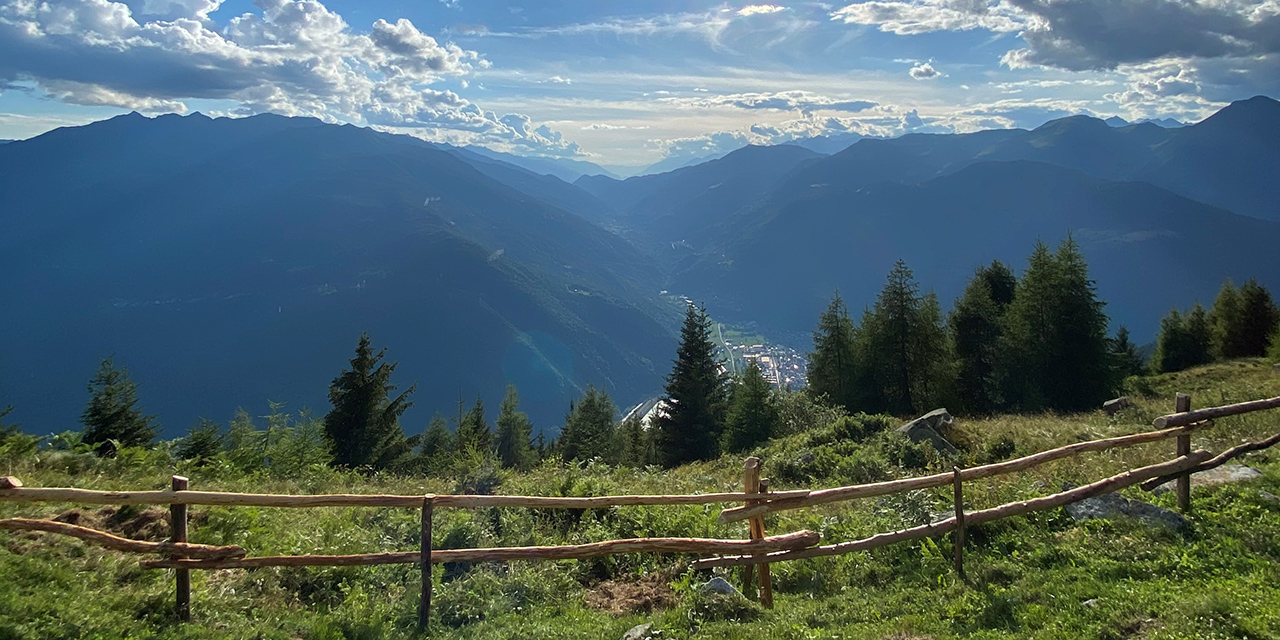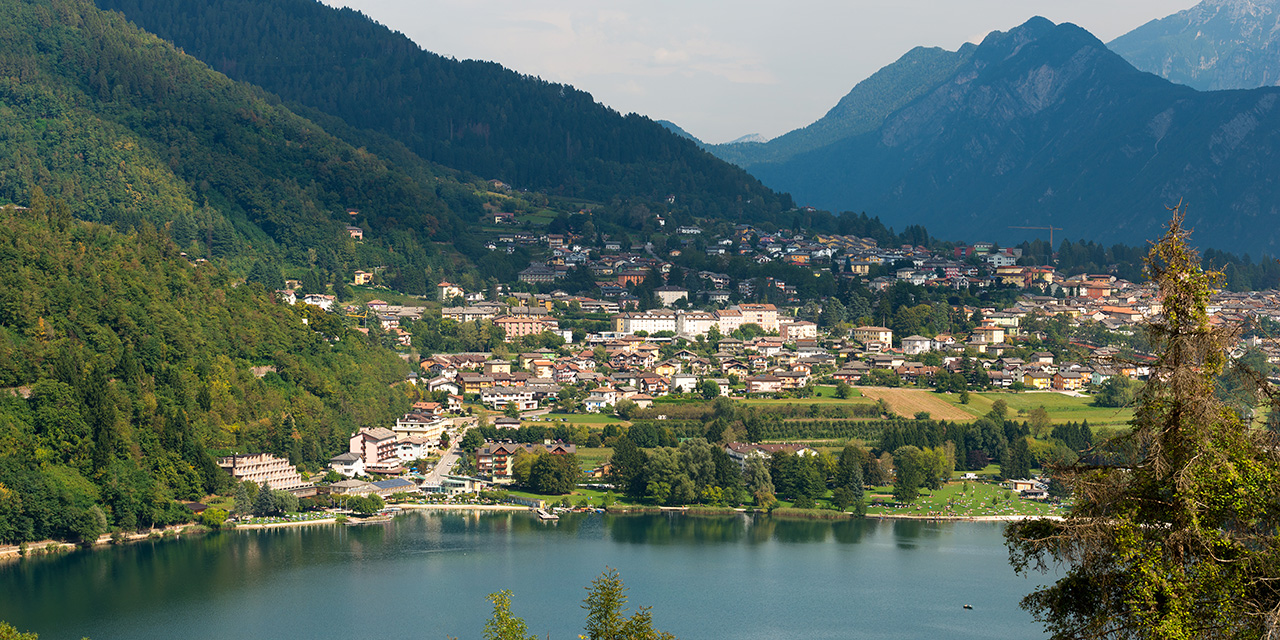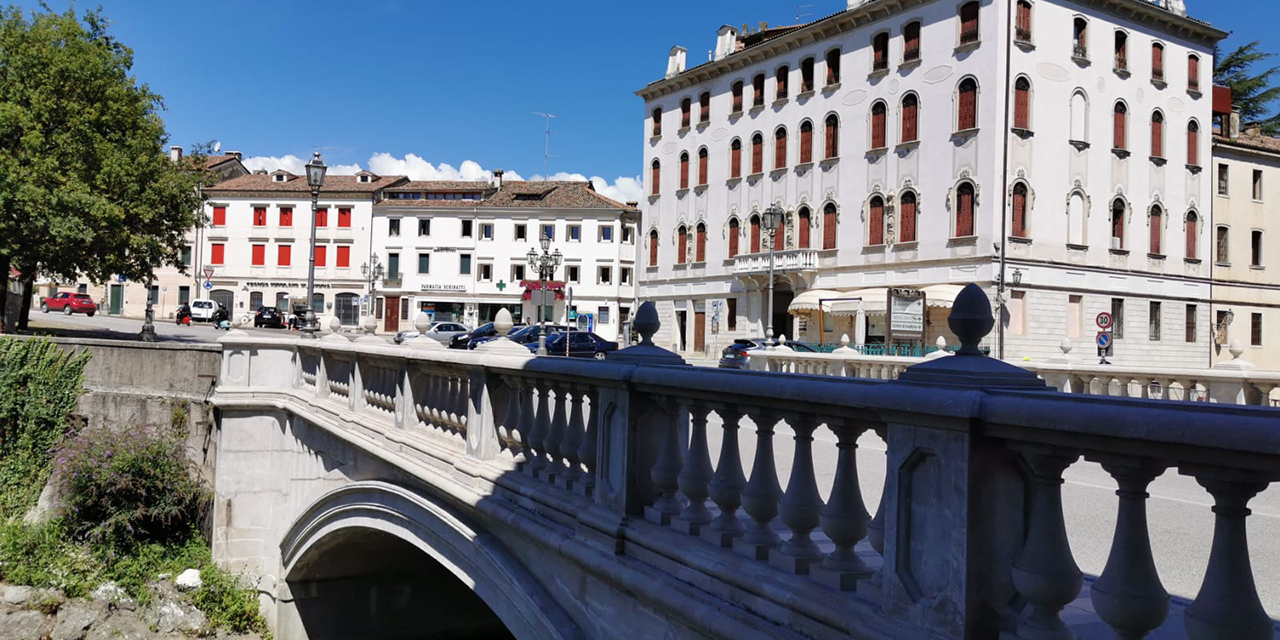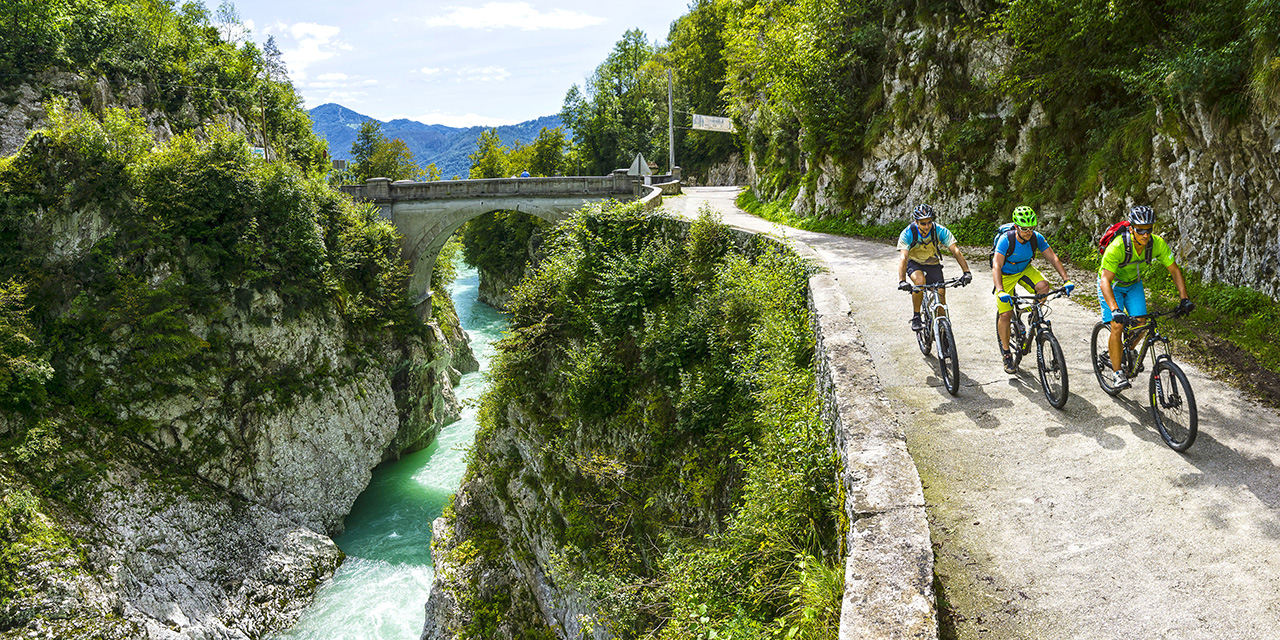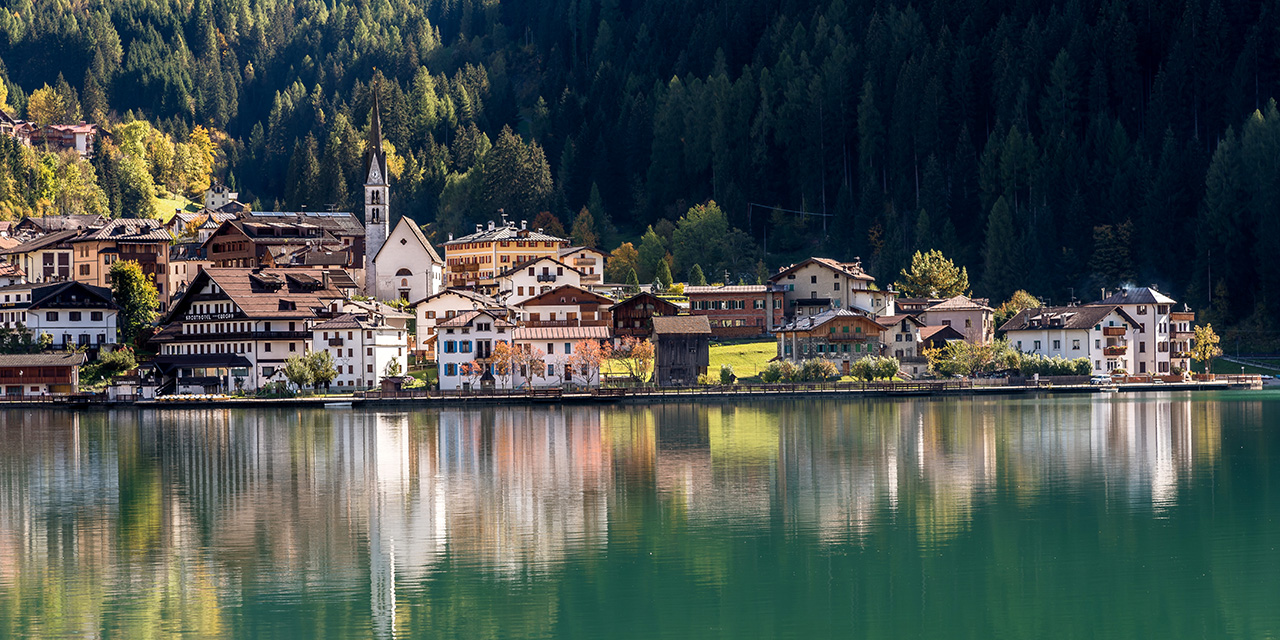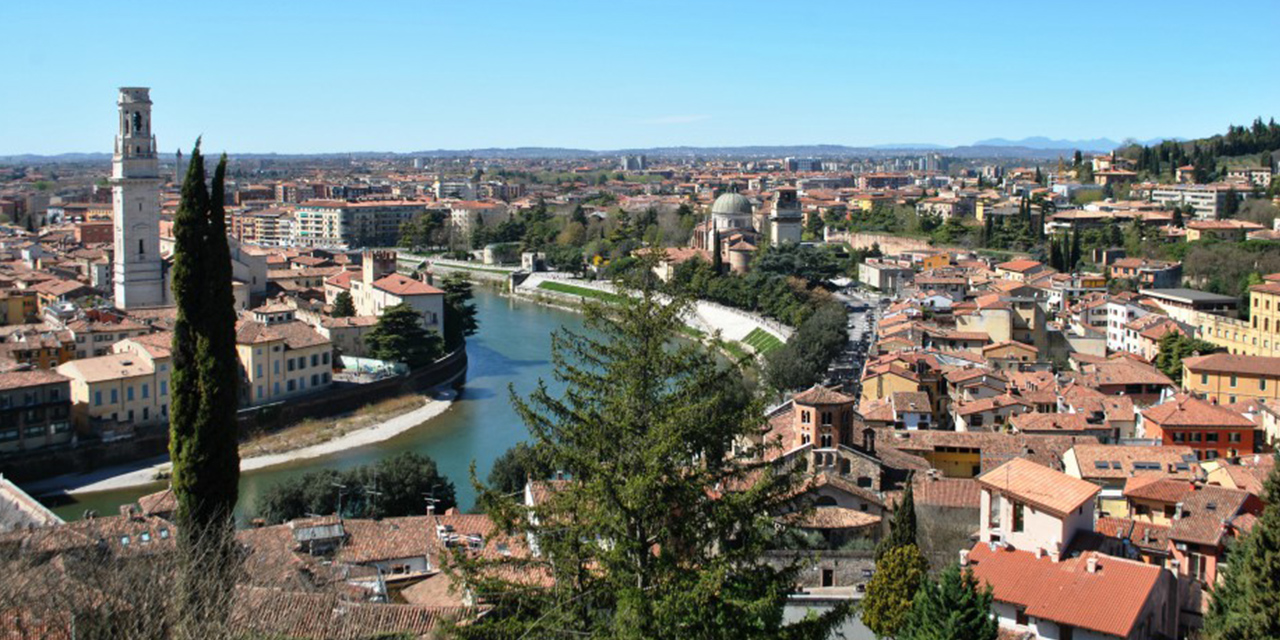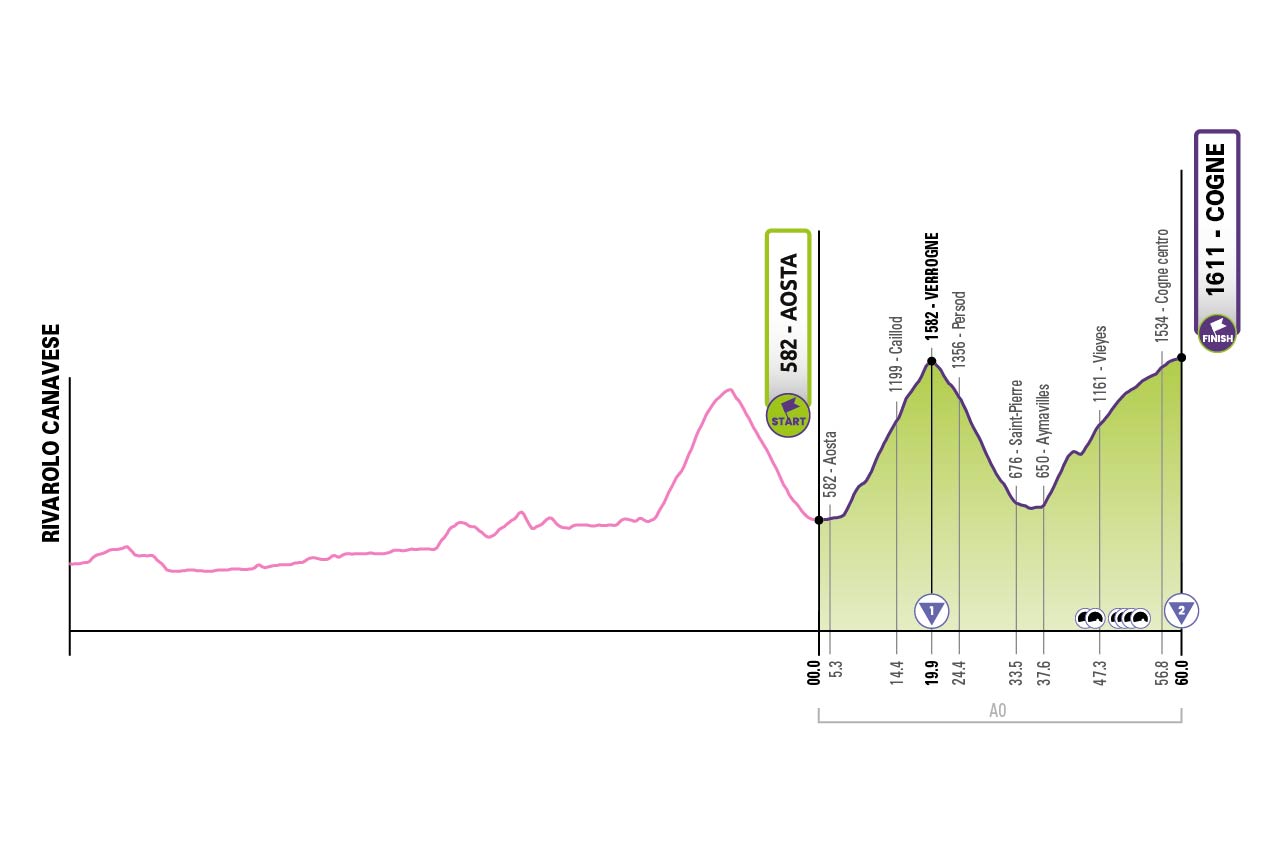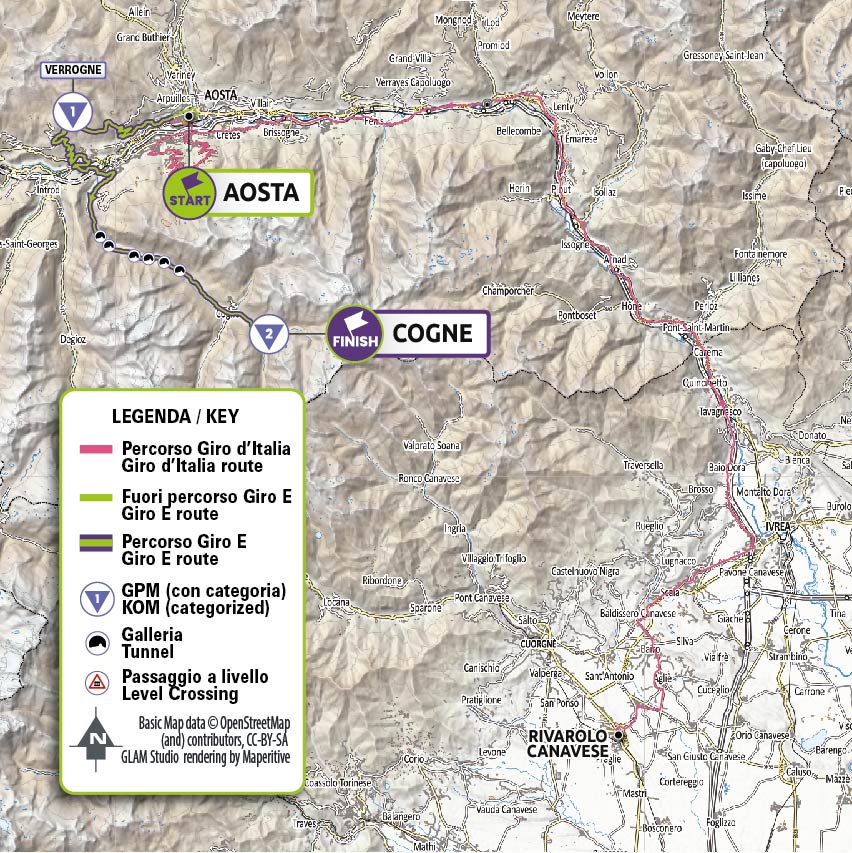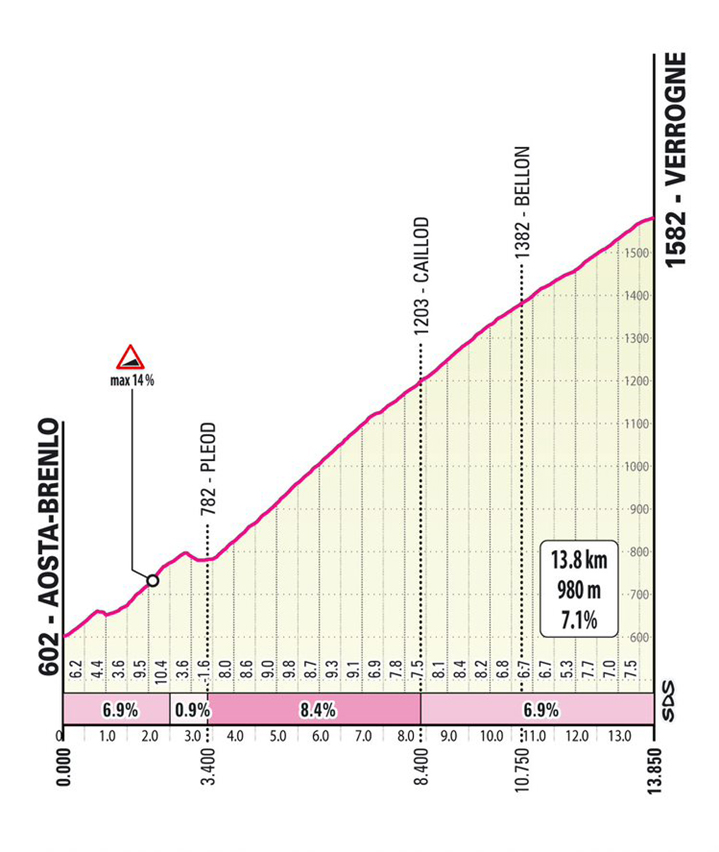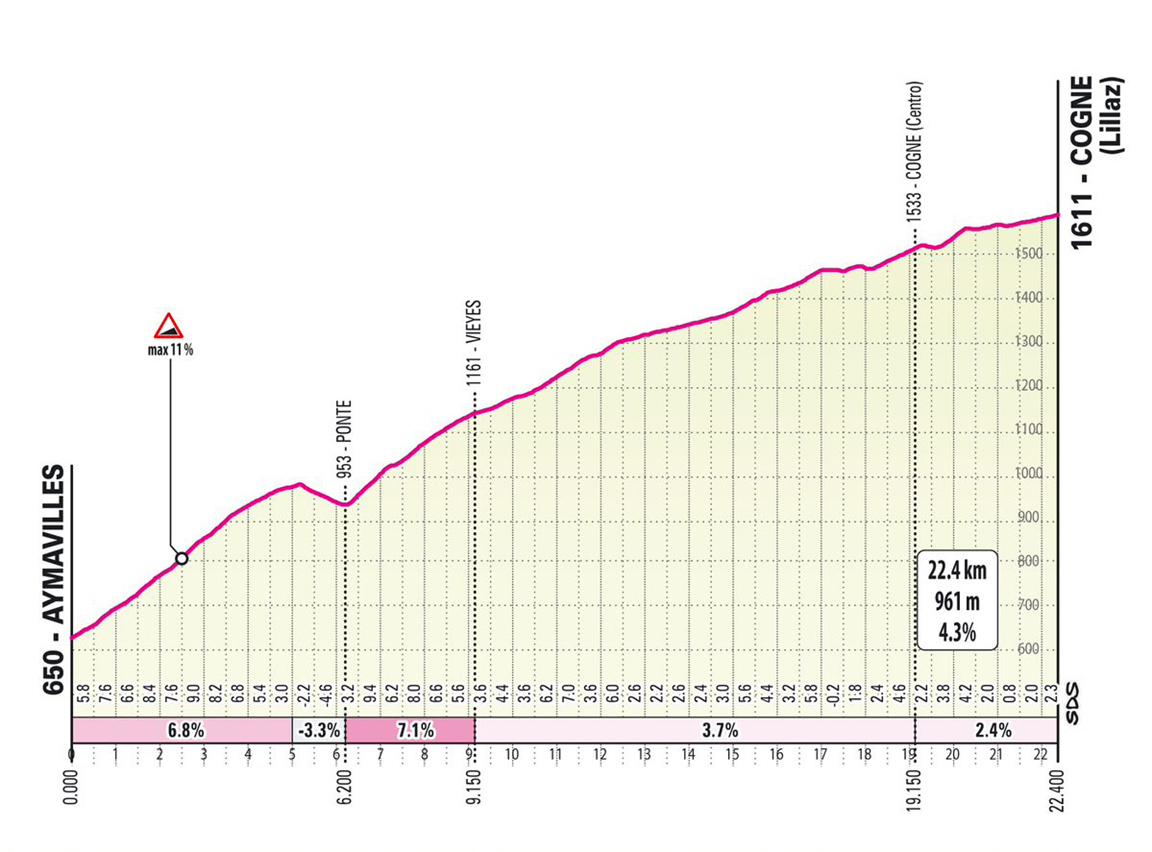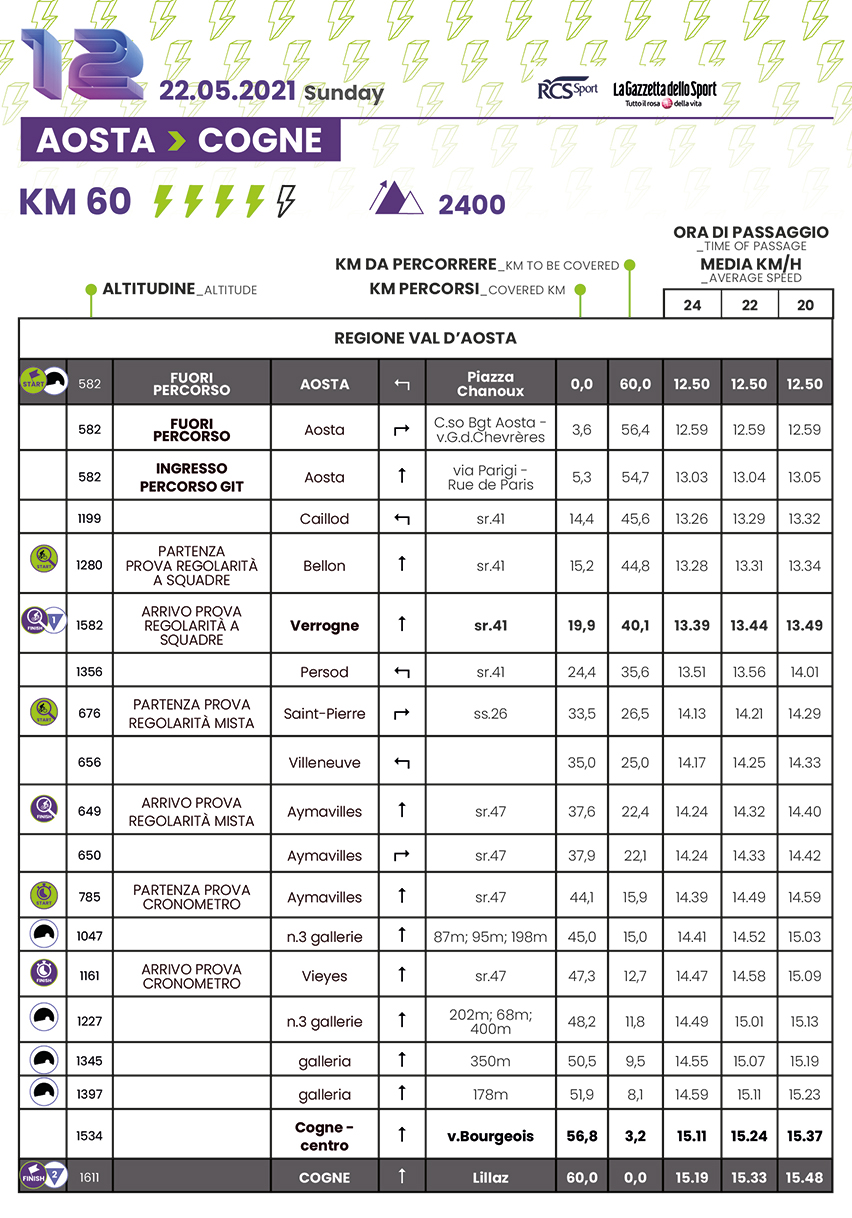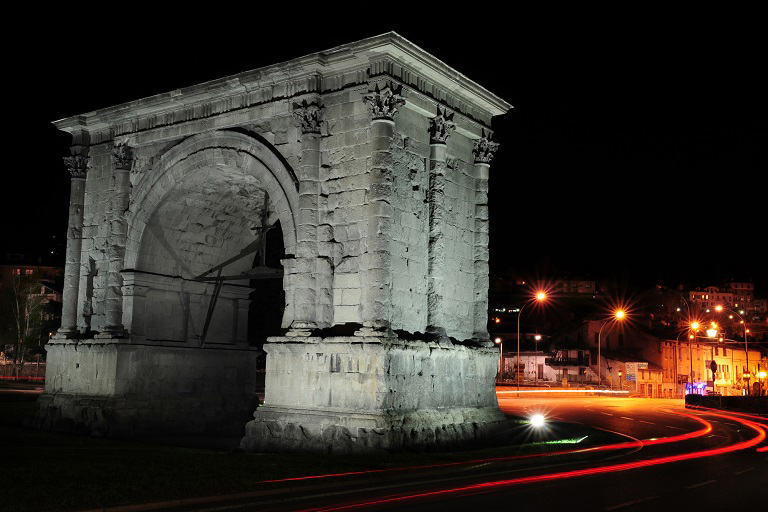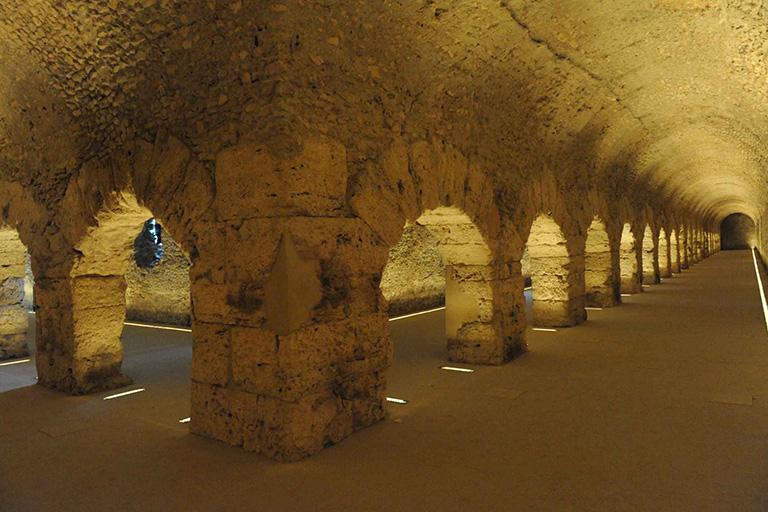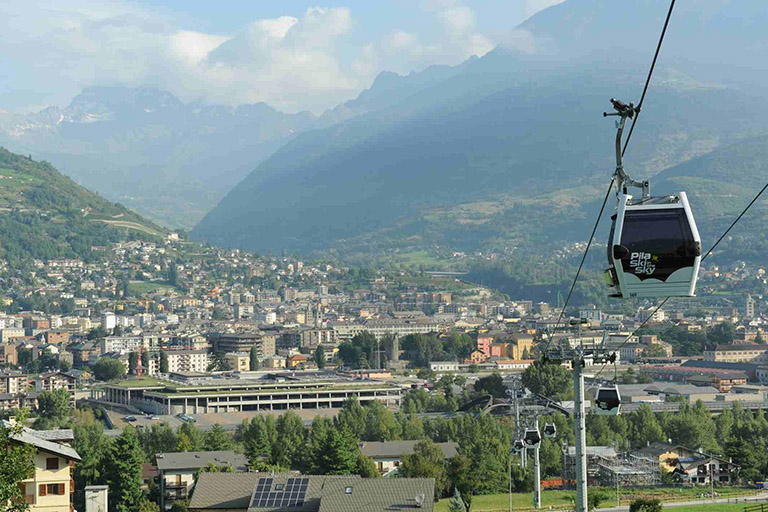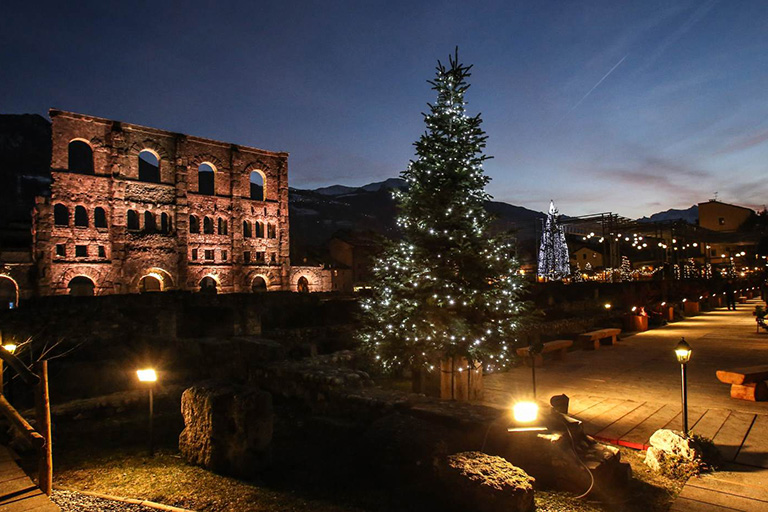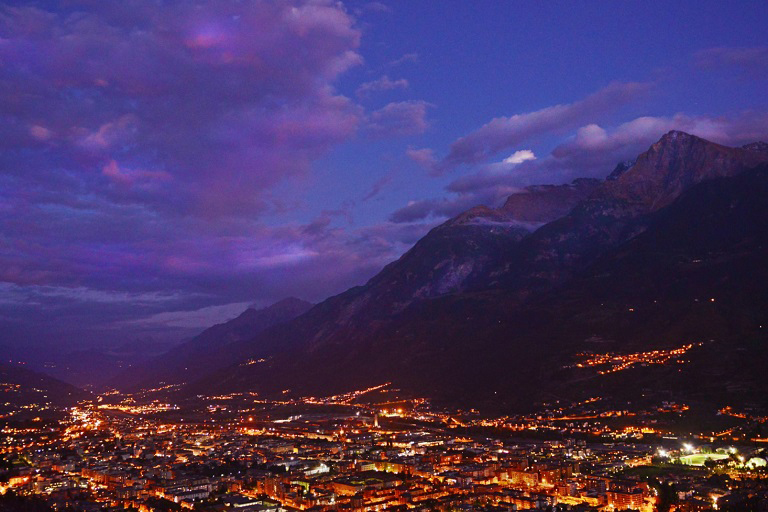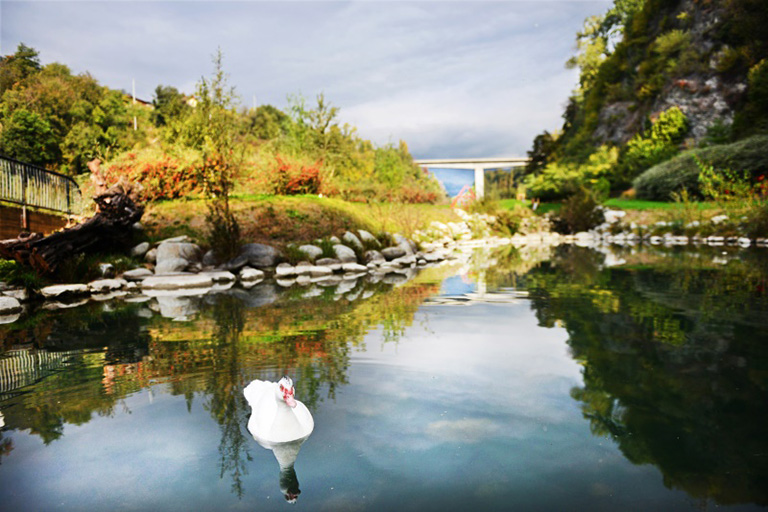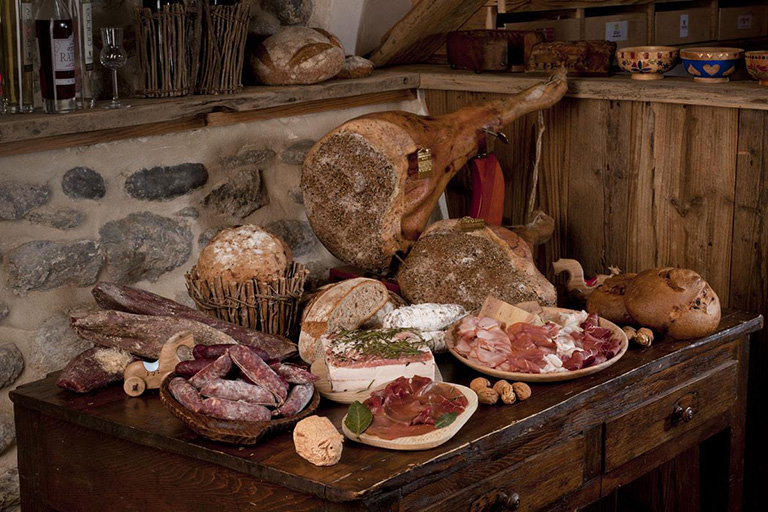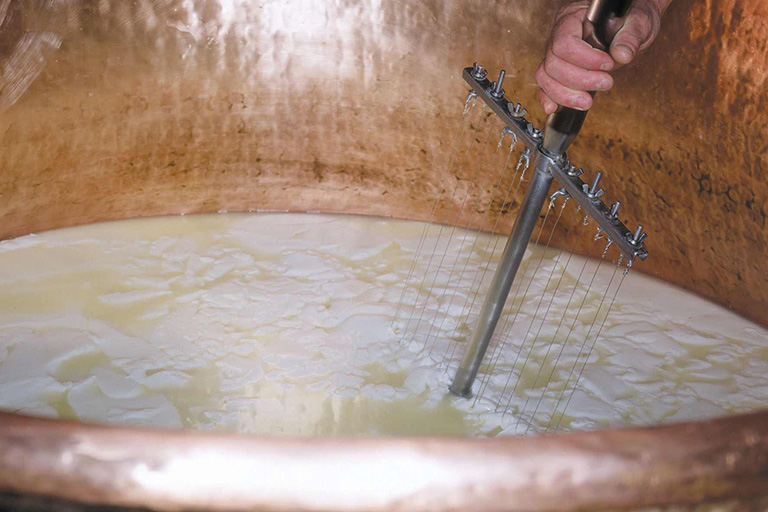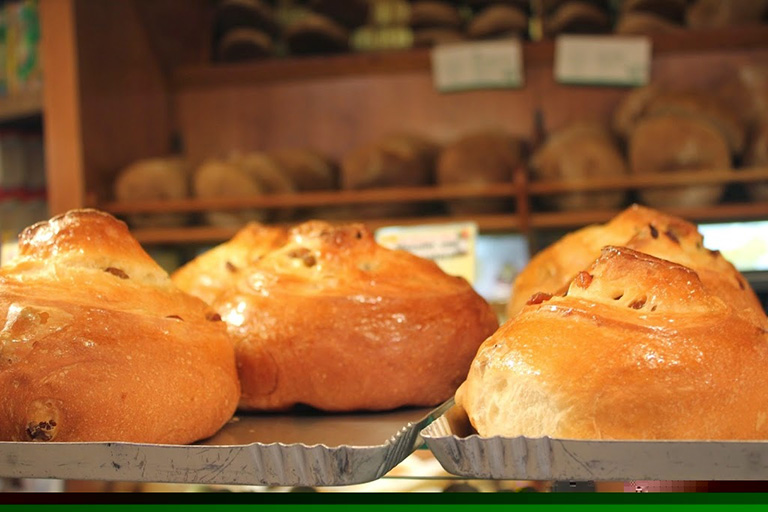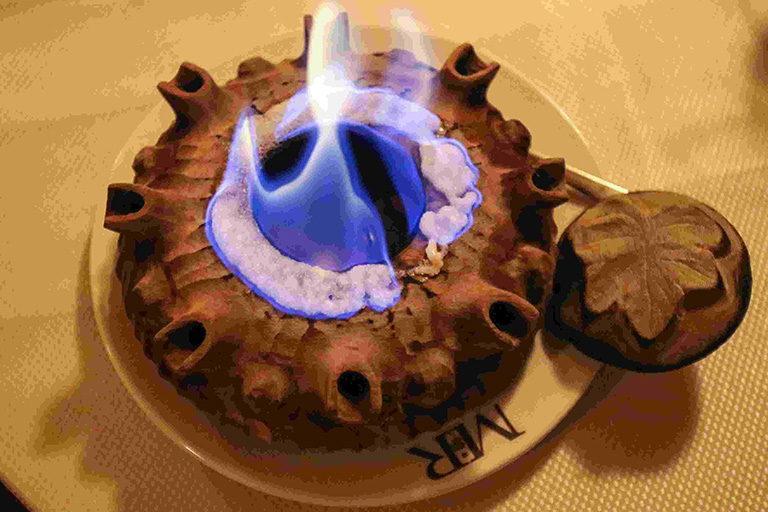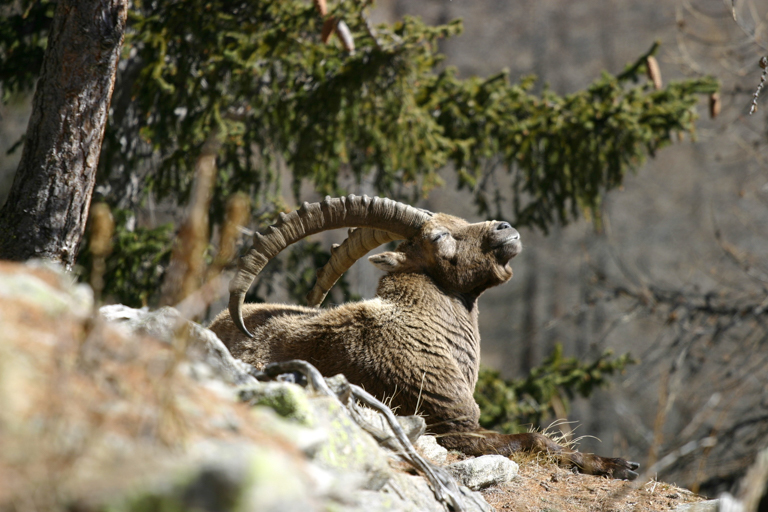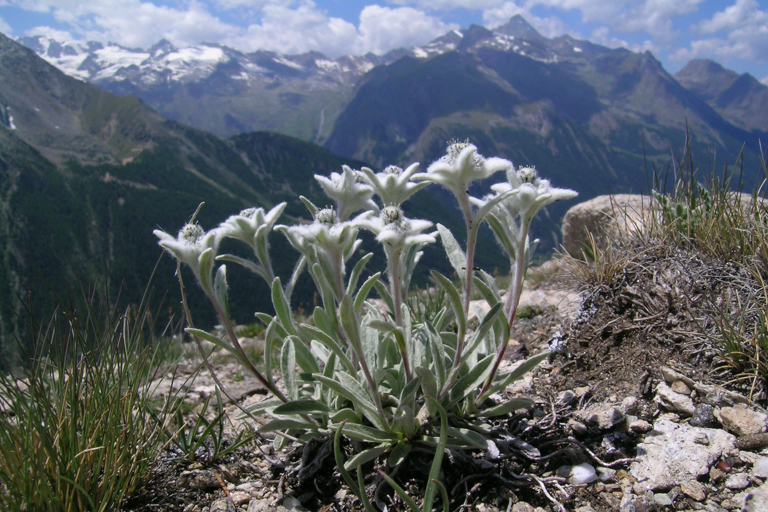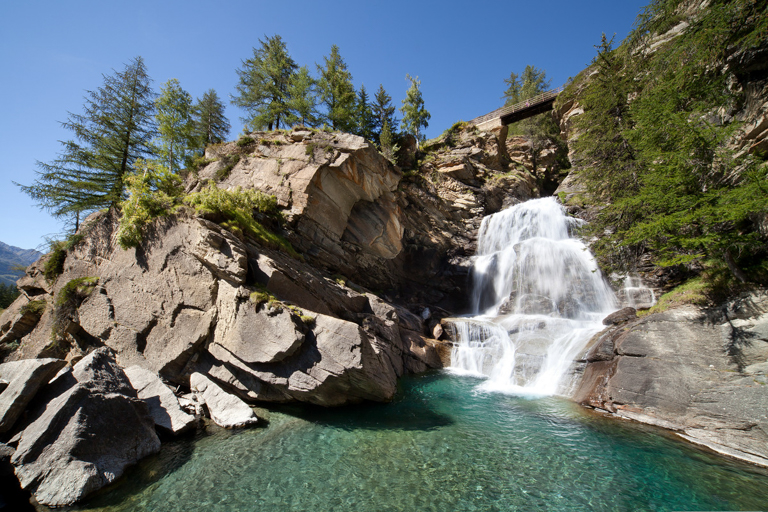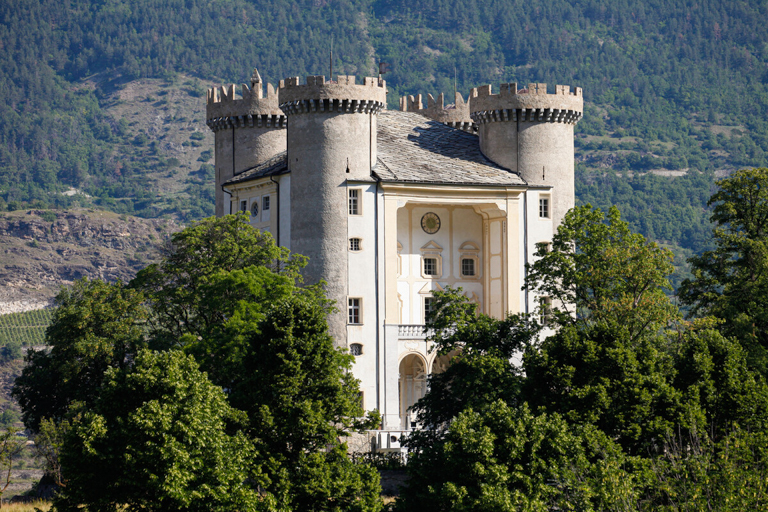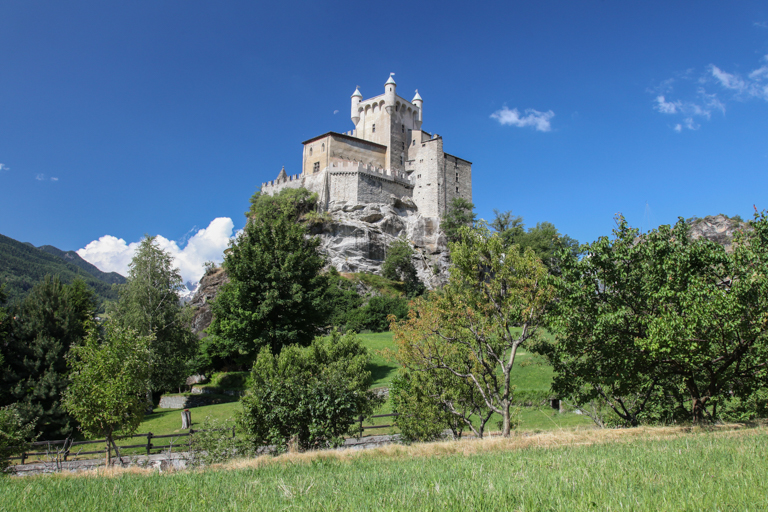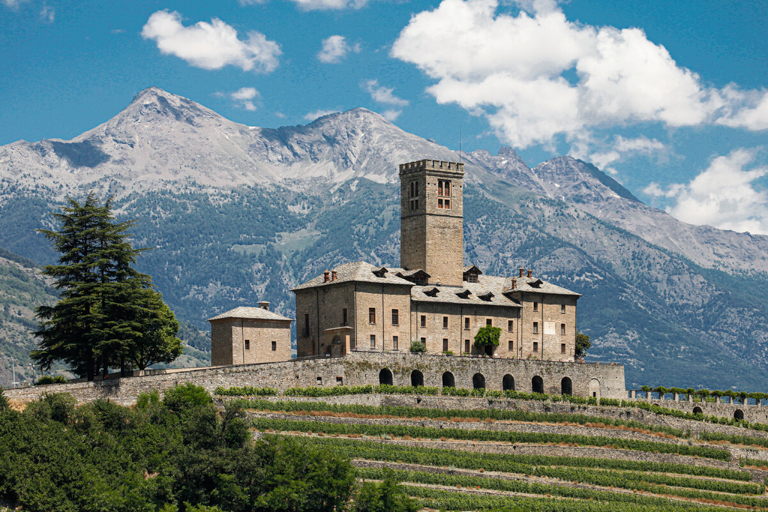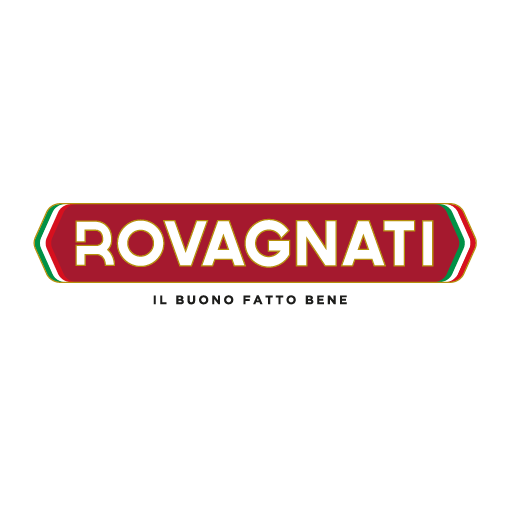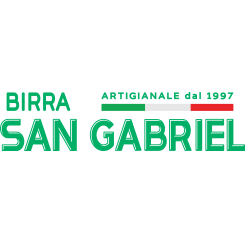profile
map
climb detail
itinerary timetable
tourist info
Host city:
AOSTA
Overview
Considered the “Little Rome of the Alps” for the quantity of perfectly preserved Roman buildings, Aosta, the ancient Augusta Praetoria founded in 25 BC. C., has in its historic center a natural itinerary along the Roman axis that presents numerous and impressive monumental attractions.
The city is also home to museums and cultural sites of great importance, as well as precious medieval remains such as the Collegiate Church of Sant’Orso with its wonderful cloister. Streets and squares of the “heart” of the city are characterized by the outdoor areas of clubs and restaurants that in the summer offer the opportunity to learn about the delicacies of the Aosta Valley food and wine immersed in a scenery of beauty, and surrounded by majestic peaks such as Mont Emilius and Becca by Nona.
And for lovers of skiing and nature, a futuristic and suggestive gondola lift just leads directly from the center of the city to the Pila slopes in just 17 minutes.
Food
When you think of the food of Aosta and the mountains that surround it, the first image that comes to mind is probably Fontina. This cheese is the queen of the Aosta Valley’s PDO products – the others being Fromadzo, Jambon de Bosses and Lard d’Arnad – and the star of many traditional dishes, which once had to be both tasty and hearty to overcome the hardships and cold mountain people were faced with.
Aosta Valley cuisine is made up of genuine and tasty products that have their strong point in cheeses and sausages. Among the first, how not to mention the Toma di Gressoney, the Bleu d’Aoste, blue cheese with an unmistakable taste, and goat cheeses, and again the Reblec and Salignon. Among the meat products Boudin, Saouseusse, Motzetta and Teuteun produced from bovine udders.
And again honeys (mountain wildflower, light rhododendron honey and chestnut honey), sweets such as the famous tiles, bread-making products, including savory and tasty rye bread or Mecoulin, the “ancestor” of panettone .
Fontina PDO is the key ingredient in polenta concia, i.e. with cheese and a lot of butter, tasty on its own but excellent with game meat dishes or carbonara, a kind of beef stew cooked in wine, which is very tasty.
Crespelle alla valdostana also have Fontina as one of their main ingredients: these crêpes, also filled with cooked ham and covered with béchamel sauce and baked au gratin in the oven to make them crispy on the outside and soft and creamy on the inside.
Also very famous is the cotoletta alla valdostana, a cutlet also with Fontina cheese and cooked ham, best grilled Sant-Oyen-style.
Among the specialities with Fontina we also find seupa à la Vapelenentse, a recipe originating from the nearby Valpelline, with De.C.O local speciality certification. It consists of layers of stale bread, Fontina and broth. In the traditional recipe, the broth is made from Savoy cabbage, but meat broth is also used. The layers are just white bread and Fontina cheese. Some variants use black bread, wholemeal bread or rye bread, and cabbage leaves, with lashings of melted butter.
Wines & Beverage
A small Alpine region that boasts a highly respected tradition in the oenological field: it is the secret of “heroic” mountain viticulture with steeply sloping terraced vineyards that require hard work but which has allowed, especially in recent years, the rediscovery and promotion of a heritage of indigenous vines of great value.
These are Prié Blanc (the only white grape), Bonda, Cornalin, Crovassa, Fumin, Mayolet, Ner d’Ala, Neyret, Petit Rouge, Premetta, Roussin, Vien de Nus and Vuillermin.
The Aosta area is one of those in which Torrette, the main and renowned red wine from Valle d’Aosta vinified with a prevalent base of Petit Rouge, finds its maximum expression, but renowned wines, produced from native and international grapes, are also Chardonnay, Nus Malvoisie, Petite Arvine, a traditional late ripening grape, Syrah, Gamay, Pinot Noir and Petit rouge.
The Valle d’Aosta Wine Consortium was recently created, which gathers 42 companies representing 90% of the territory. Its purpose is to promote and protect the Aosta Valley DOC wines.
Grappa is of great importance in the Aosta Valley, which can be white, aged in oak barrels, or flavored with herbs, fruits, honey and spices. Of particular interest are the single-variety distillates, obtained with the indigenous varieties of the region.
Genepì deserves a separate mention – a refined liqueur that comes from a small aromatic plant that grows above 2000 meters of altitude of the Artemisia genus – an excellent digestive that “tastes of the mountains”.
“Valle d’Aosta coffee” is enriched with grappa, genepì and spices and should be drunk in a special cup called “Friendship Cup”. The name derives from the way in which the preparation is consumed through the particular cup with a variable number of spouts, drinking “à la ronde”, that is, by passing the wooden artifact from hand to hand among the diners, avoiding placing it on the table until it reaches which is not over, on pain of the end of the friendship.
Points of interest
The journey to discover the wonders of Aosta can only start from the honorary Arch of Augustus, the symbol of the city, built in 25 BC. on the occasion of the Roman victory over the Salassi by Aulo Terenzio Varrone.
The Arch introduces visitors to the historic village of Sant’Orso, characterized by the Collegiate Church of the same name, built between 994 and 1025 as a large Romanesque church with three naves, while the construction of the Romanesque cloister, decorated with suggestive capitals, for the which the collegiate church of Sant’Orso is famous for, is placed in the years immediately following 1133.
Continuing along the historic via Sant’Anselmo, where it is possible to find at number n. 66 an ancient building which, legend has it, was the home of the Saint, you reach the Porta Praetoria, the eastern gateway to the Roman city of Augusta Praetoria.
A few tens of meters away are the remains of the Roman Theater, whose main feature is the large and monumental facade, twenty-two meters high and the only one left today on the southern side of the architectural complex.
Continuing the visit to the city you reach Piazza Chanoux, the “good living room” of Aosta. The square is named after the martyr of the Aosta Valley Resistance Emile Chanoux, murdered by the Nazi-fascists in 1944, and houses the Town Hall (Hôtel de Ville) built in the mid-19th century in a neoclassical style on the remains of the ancient monastery of San Francesco.
Near the main square of Aosta, Piazza Giovanni XXIII houses the Cathedral of Santa Maria Assunta on its churchyard, whose current neoclassical appearance dates back to the mid-nineteenth century, but whose history dates back to the initial stages of the spread of Christianity in the Valle d ‘ Aosta. The Museum of the Treasure houses works of considerable interest, such as two fragments of the 12th century stained glass windows, the reliquary box of San Grato, sepulchral monuments and a rich collection of painted wooden statues.
Nearby is the entrance to the Forensic Cryptoporticus that surrounded the sacred area of the Augusta Praetoria forum. It consists of a gallery with two naves articulated on three sides. The vaults are supported by imposing tuff pillars.
The MAR, the Regional Archaeological Museum, is located in the renovated piazza Roncas, which in the basement preserves the remains of the Porta Principalis Sinistra, one of the four city gates of Augusta Praetoria.
Finally, on the western outskirts of the city, the complex was built that enhances the Megalithic Area, a vast archaeological area discovered by chance in 1969 during the excavations of a condominium that collects 6000 years of history, from a ritual plowing of the Neolithic to anthropomorphic stelae from the Copper Age up to Iron Age burials. The area represents the largest covered archaeological site in Europe.
COGNE
Touristic Information
Upon entering Aosta Valley region, the Giro d’Italia 15th stage continues along the valley line dominated by majestic mountains and the ancient silhouettes of forts and castles with a fairytale-like atmosphere. The finish line is in Cogne, at 1,544 meters above sea level, in the heart of the Gran Paradiso National Park. Once an important mining centre for the extraction of iron, Cogne is now one of the “Pearls of the Alps”, a tourist resort famous for the quality of its hospitality which it has developed while respecting and safeguarding its natural heritage.
After the town of Pollein, with its popular cycle-pedestrian track, the Carovana Rosa is confronted with the first steep climb up towards the 1,800 meters of altitude of Pila, in the municipality of Gressan, which, just 18 minutes by cable car from the city of Aosta, is a privileged destination not only for hiking and skiing, but also for fast-paced disciplines on two wheels such as downhill and freeriding.
The finish line of the second Grand Prix of the Mountains is Verr
ogne, in the municipality of Sarre, along the scenic “Strada dei Salassi”, the ancient pre-Roman route that connected the Gran San Bernardo area to the upper Aosta Valley.
The last exertion is in the direction of Cogne where the Gran Paradiso, the only one of the 4 “four thousand” in the region – Mont Blanc, The Matterhorn and Monte Rosa – that is completely in the Italian territory, majestically awaits the arrival of the cyclists.
Gastronomy
In addition to the Fontina DOP, produced throughout the territory of Aosta Valley, you can also taste other cheeses made from cow’s and goat’s milk as well as other milk derivatives, such as locally produced butter and yogurt.
As for the cuisine, among the typical dishes of Cogne that must absolutely be tried is the mécoulin, a sort of typical local “panettone” sweetened with raisins and flavored with lemon rind and rum, the Cogne cream, a delicious dessert based on cream, sugar, dark chocolate and a drop of rum, and the tasty seupetta of Cogne, a soup made with rice and Fontina DOP.
The “seupetta” of Cogne is a dish of ancient tradition, one of the many commonplace dishes of high mountain gastronomy, prepared with the few ingredients usually available to peasant families. The presence of rice stands out, which is not a typical production of Cogne but which was one of the goods traded for products of the mountain pastures, as it is a long-life food and therefore particularly suitable for building up food reserves for the long and isolated winter at the foot of the Gran Paradiso mountain.
Typical of the Aymavilles area, located at the entrance to Cogne valley, is Favò, a delicious traditional dish based on broad beans, Fontina DOP cheese, black bread toasted in butter, sausages, bacon and pasta, which goes well with a fragrant red wine like the Torrette DOC.
In summer, the Favò festival takes place in the rural village of Ozein, in the municipality of Aymavilles, set on a panoramic natural terrace from which you can enjoy an enchanting view. Still on the subject of traditional events, linked to the flavors of the territory and rural life, the “Veillà” is an absolute must-do, a re-enactment of ancient crafts, during which it is possible to taste some traditional local dishes, and it takes place in summer in the hamlets of Cogne.
Always in Cogne, at the end of September, the return of the herds from the summer pastures is celebrated with a spectacular parade of animals and with a market of traditional and handcrafted products, and on the occasion of the “Devétéya” various restaurants in Cogne offer themed menus.
Beverages
The unique climatic conditions of Valle d’Aosta, together with the characteristics of the soils and their inclination have certainly not made life easy for winemakers; however here, the “heroic wine-growing” gives rise to a wide and qualified range of prestigious mountain-grown wines, united under a single “Valle d’Aosta – Vallée d’Aoste” Controlled Designation of Origin mark, listed in 7 area sub-designations and as many as 31 referring to specific vines and types of winemaking.
Coming from Piemonte, as soon as you cross into Valle d’Aosta, your attention is immediately captured by the vineyards that seem to climb up the mountainsides. The characteristic variety of vine in the area is the Picotendro, a local variety of Nebbiolo grown together with other varieties authorized for Donnas wine such as Freisa, Neyret and Fumin, while Pinot Gris and Erbaluce are used for the production of white wines.
Picotendro is also the basis for the production of Arnad-Montjovet, an area where Pinot Noir is also found, which is sometimes combined with Nebbiolo and other native vines such as Vien de Nus, Ner d’Ala and Roussin.
The cultivation of Muscat is what makes the Chambave area famous, while in the Nus area we find the Pinot gris, locally called Malvoisie. Various native vines are added to these (Petit rouge, Vien de Nus, Cornalin and Fumin) and numerous international vines common throughout the central valley (Syrah, Pinot noir, Gamay, Petite Arvine, Müller Thurgau).
Muscat di Chambave is dry and still, unlike Piedmont muscats. The sweetness of the wines obtained by the slow drying of Muscat and Malvoisie grapes is also impressive.
The “Torrette” zone extends over a vast area around the city of Aosta and includes eleven municipalities and is characterized by the Petit rouge vine, which is well suited to the territory thanks to its remarkable tolerance to cold and drought. The Torrette red wine takes its name from the promontory of the same name between the municipalities of Sarre and Saint-Pierre which, due to its southern exposure, constitutes an ideal habitat for wine-growing.
Main sights
Gran Paradiso National Park – In 2022 the protected area celebrates its 100th anniversary. The “TutelAttiva Laboratorio Parco” center welcomes visitors with multimedia systems, interactive games and an original “sensory space” as well as two thematic set-ups dedicated to the wolf and the ibex. In order to become familiar with the variety of alpine flora, there is the Paradisia Alpine Botanical Garden in Valnontey, a hamlet of the municipality of Cogne in the heart of the Park.
Lillaz waterfalls – They are made up of some rocky drops through which the abundant water of the Urtier stream flows, and it has dug deep ravines between the sheer cliffs. The first waterfall is within everyone’s reach, while the circular route to see them all is an excursion of less than 2 km, with 100 meters of uphill altitude difference, which offers unforgettable views.
The magnetite mines of Cogne, inside the original galleries, and the museum of the Regional Mining Park in the ancient miners’ village.
The Maison Gérard-Dayné ethnographic museum, an example of traditional Aosta Valley architecture.
The permanent exhibition of bobbin-lace, the traditional lace of Cogne.


